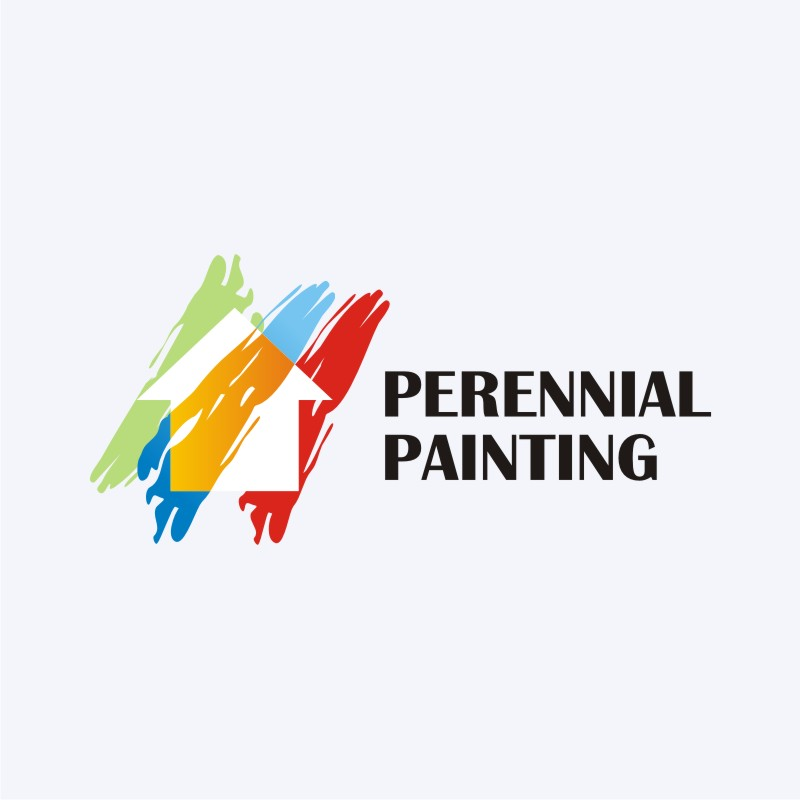Vital Seasonal Aspects Of Commercial Outside Paint: What You Should Understand
Vital Seasonal Aspects Of Commercial Outside Paint: What You Should Understand
Blog Article
Authored By-Carlson Whalen
When you're planning a commercial external painting task, seasonal variables can make or damage your outcomes. You'll want to consider exactly how temperature and humidity influence paint application and drying times. Choosing the right period can guarantee your paint sticks appropriately and lasts longer. But which periods are truly the most effective for this sort of work? Allow's explore the crucial elements that can influence your job's success.
The Impact of Temperature on Paint Application
When you're preparing a business external paint task, the temperature can dramatically impact exactly how well the paint sticks and dries out.
Ideally, you want to repaint when temperatures range in between 50 ° F and 85 ° F. If it's as well cool, the paint might not cure properly, causing problems like peeling or fracturing.
On the other hand, if it's too warm, the paint can dry also swiftly, avoiding appropriate adhesion and causing an irregular surface.
You should additionally consider the time of day; morning or late afternoon uses cooler temperature levels, which can be much more beneficial.
Always inspect the supplier's referrals for the specific paint you're utilizing, as they frequently offer support on the suitable temperature range for optimal outcomes.
Moisture and Its Impact on Drying Times
Temperature level isn't the only ecological factor that affects your commercial outside paint project; moisture plays a substantial duty also. High moisture levels can reduce drying out times considerably, affecting the total high quality of your paint job.
When the air is saturated with wetness, the paint takes longer to heal, which can cause issues like bad adhesion and a greater risk of mildew development. If you're repainting on a specifically moist day, be planned for extensive delay times in between coats.
It's crucial to keep track of regional climate condition and strategy appropriately. Preferably, go for moisture levels in between 40% and 70% for optimal drying.
Keeping these consider mind ensures your task stays on track and provides a long-term finish.
Best Seasons for Commercial Exterior Painting Projects
What's the very best time of year for your commercial outside paint projects?
Springtime and very early autumn are typically your best bets. Throughout these seasons, temperature levels are moderate, and moisture levels are commonly reduced, creating excellent problems for paint application and drying.
Avoid summertime's intense heat, which can create paint to completely dry too quickly, leading to inadequate attachment and coating. Likewise, sherwin williams algiers can hinder correct drying out and curing, running the risk of the durability of your paint task.
Go for days with temperature levels between 50 ° F and 85 ° F for optimal results. Bear in mind to examine the regional weather forecast for rain, as damp problems can spoil your project.
Preparation around these variables ensures your paint project runs efficiently and lasts much longer.
Verdict
In conclusion, planning your industrial outside painting jobs around seasonal factors to consider can make a considerable difference in the result. By organizing work throughout the perfect temperatures and humidity degrees, you'll make certain far better bond and drying out times. Keep in mind to watch on neighborhood weather prediction and choose the correct time of year-- spring and early fall are your best bets. Taking these actions will certainly assist you achieve a sturdy and specialist coating that lasts.
